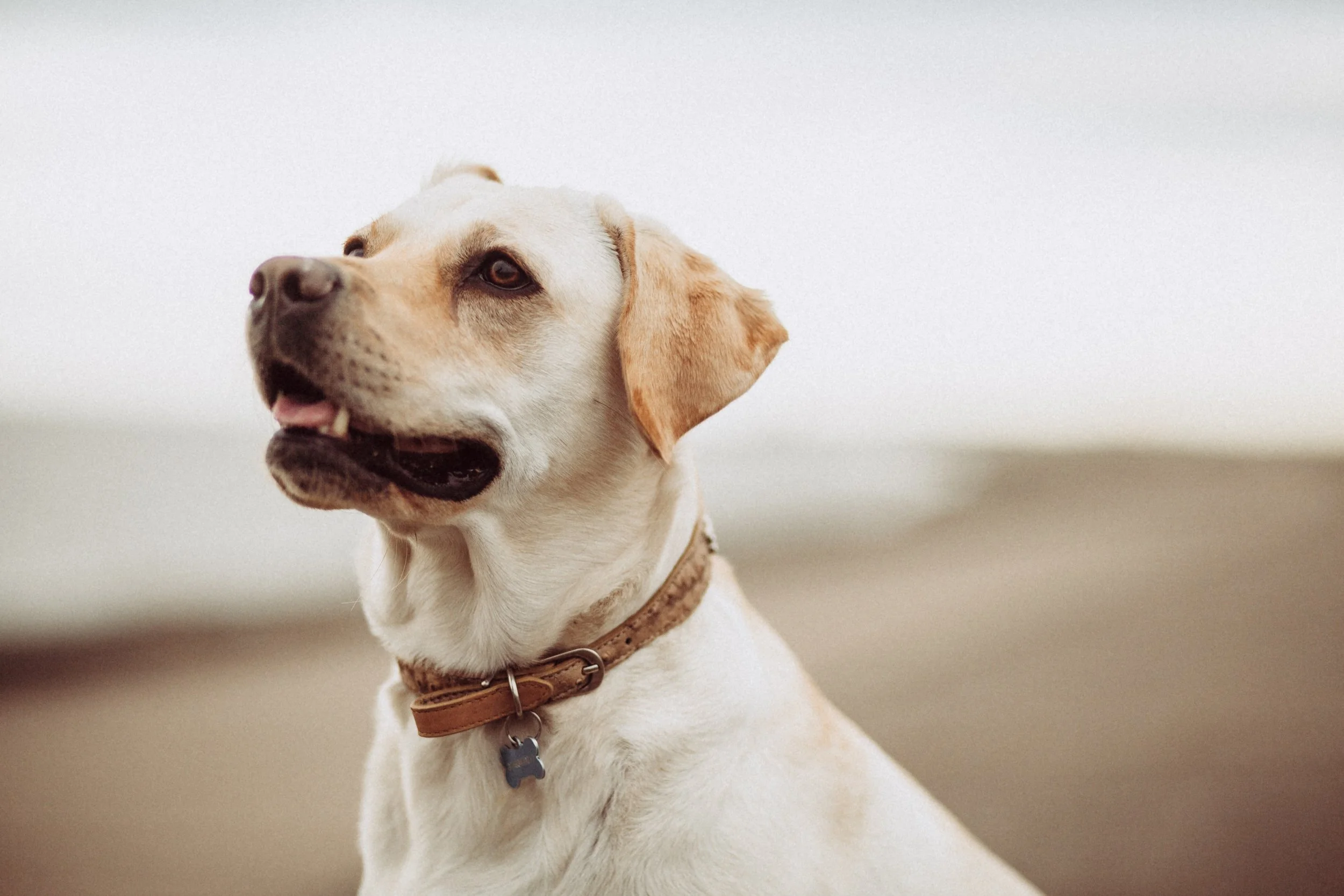What You Need To Know About Guide Dogs
September is National Service Dogs Awareness month, which celebrates very good boys and girls who have been trained to assist people with disabilities. According to the American Kennel Club, the practice of training service dogs, specifically, guide dogs, began in Germany to help injured veterans following World War I. For this reason, German Shepherds are still one of the most popular service dog breeds.
According to VCA Hospitals, other breeds suitable to be guide dogs include Golden Retrievers, Labradors, Standard Poodles, Border Collies, Australian Shepherds, Boxers, Airedales, Collies, and Dobermans.
Guide dogs, who assist those with visual impairments, begin training at facilities around the age of 16 months. This type of service dog will assist their owners with specific tasks, such as avoiding obstacles. Most guide dogs will wear a straight harness, which acts as a mobility device for those who are blind.
Photo by Mitchell Orr on Unsplash
During a 2018 YouTube video, social media star Molly Burke, who lost her sight when she was a teenager, shared that getting a guide dog is not government-funded.
“The only way for someone to get a guide dog is through charities,” said Burke.
The YouTuber also shared that guide dogs will eventually retire. She explained that sometimes guide dogs are returned to their training school. Other times, the owner will keep their retired guide dogs. However, this practice is generally frowned upon.
Photo by Mitchell Orr on Unsplash
“You can keep it as a pet, which if you are planning on getting a new guide dog because it can be difficult for the old guide dog to see because they genuinely like working. And it can be difficult for your bonding because you can be so attached to the old guide dog it can be hard to build a new working relationship with the new one,” said Burke.
She then noted that most of the time guide dogs will be “adopted out to friends or family.”


